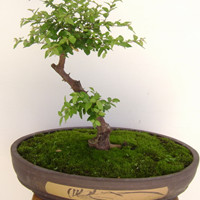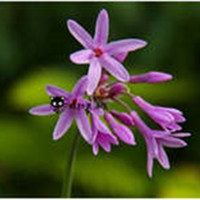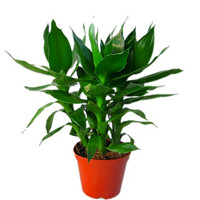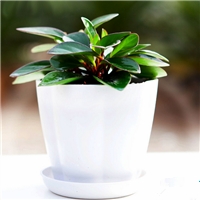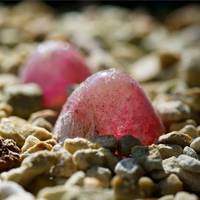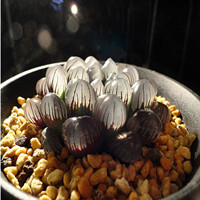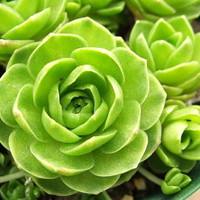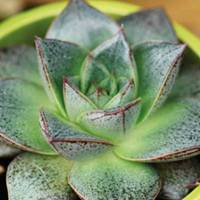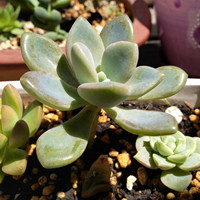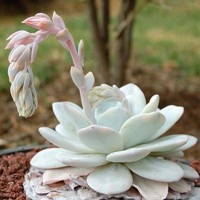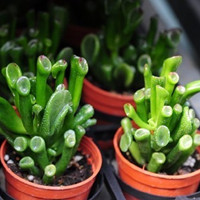Introduction
Water is crucial for the survival of all living organisms on land. However, unlike aquatic plants, terrestrial plants face several challenges in obtaining and conserving water. In this article, we will explore various adaptations that plants have evolved to help them conserve water on land.
Deep Roots
One of the adaptations that help plants conserve water on land is deep roots. Plants with deep roots can access water from deep in the soil, and they are less vulnerable to drought conditions. The roots also help the plant to anchor itself firmly in the soil, preventing soil erosion.
Waxy Cuticles
Another adaptation that helps plants conserve water is the presence of waxy cuticles on leaves and stems. The waxy cuticles reduce the rate of water loss from the plant through transpiration. The cuticles also provide a barrier for the plant against water-borne diseases.
Stomatal Control
Plants also conserve water on land through stomatal control. Stomata are small pores on the surface of leaves that regulate the exchange of gases between the plant and the environment. By controlling the opening and closing of stomata, plants can reduce the rate of water loss through transpiration. Some plants have evolved mechanisms to open their stomata at night when the air is cooler, reducing water loss.
Succulent Tissue
Succulent tissue is another adaptation that helps plants conserve water. Succulent plants, such as cacti, have thick, fleshy stems and leaves that can store water. The stored water can be used during dry periods when water is scarce. The succulent tissue also reduces the surface area of the plant, reducing the rate of water loss through transpiration.
Root Hairs
Root hairs are another adaptation that helps plants conserve water. Root hairs increase the surface area of the roots, allowing the plant to absorb more water from the soil. The root hairs also have the ability to adjust their length based on the availability of water in the soil.
Closing Thoughts
Plants have evolved various adaptations to help them conserve water on land. Deep roots, waxy cuticles, stomatal control, succulent tissue, and root hairs are just a few of the adaptations that plants have developed to survive in arid environments. As the planet continues to warm, the ability of plants to conserve water will become increasingly important for their survival.

 how many times do yo...
how many times do yo...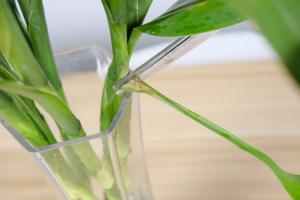 how many planted tre...
how many planted tre... how many pine trees ...
how many pine trees ... how many pecan trees...
how many pecan trees... how many plants comp...
how many plants comp... how many plants can ...
how many plants can ... how many plants and ...
how many plants and ... how many pepper plan...
how many pepper plan...

